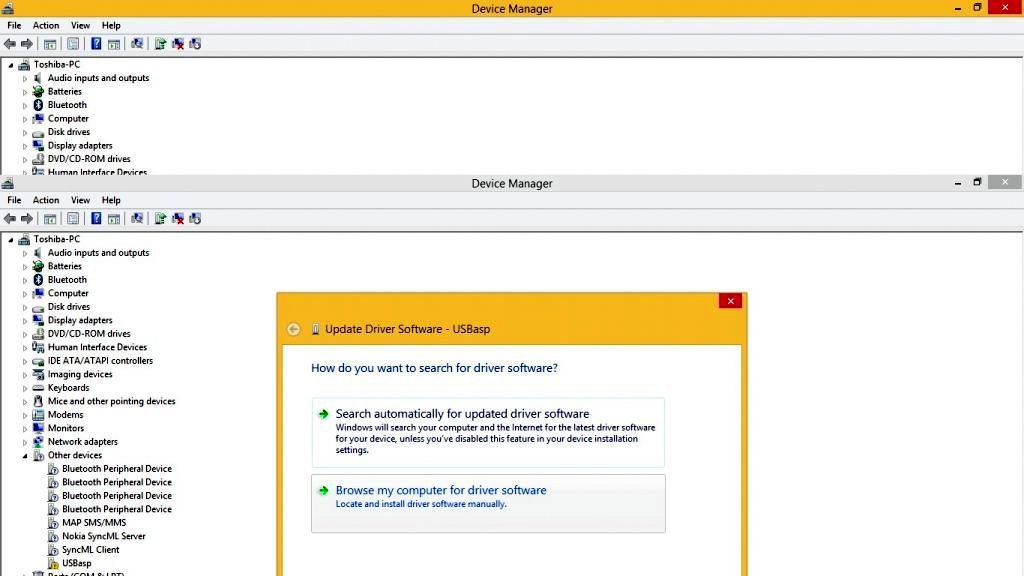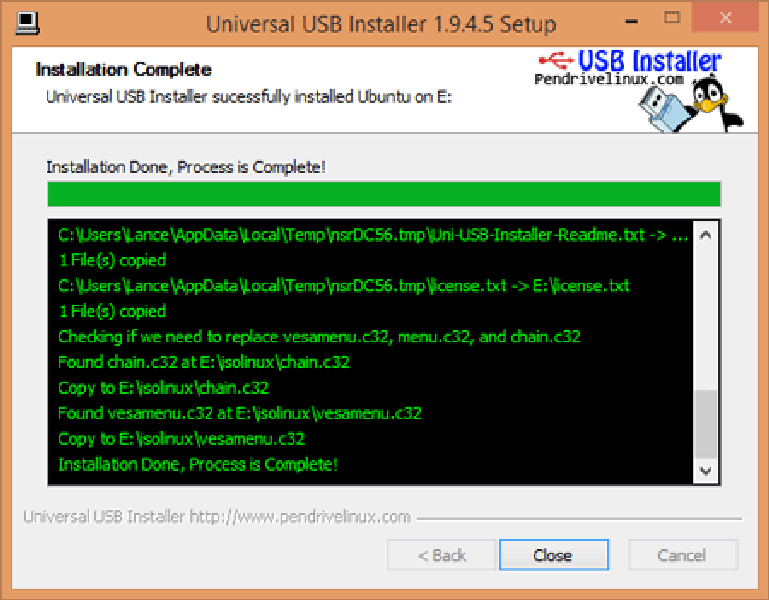

When you have the USB boot media with support for UEFI systems, you can launch the "Windows Setup" wizard to perform a clean installation of Windows 10 or an in-place upgrade. Once you complete the steps, Rufus will run the automated script to download the Windows 10 ISO file from the Microsoft servers and create a bootable media to install the operating system on a UEFI device without needing the Media Creation Tool.

How to create Windows 10 UEFI boot media with Rufus Once Linux has been installed, you can boot back in Windows and launch UNetbootin one more time to delete UNetbootin from your system.Once you complete the steps, the Media Creation Tool will download the files and will create a bootable USB flash drive that you can use to install Windows 10 on computers with support for UEFI and BIOS. You can use these instructions for adding Windows to Grub menu after installing Ubuntu or Debian based Linux distributions. Once the installation is finished, it will reboot into the installed version of Linux through Grub. Make sure you choose to install it alongside Windows and do not overwrite the Windows partition. You can choose this new entry to boot into the Linux OS and finish installing Linux on your hard drive. Now after you reboot your Windows PC, it will show a UNetbootin boot entry. This will copy files from the selected ISO image straight to your hard drive, add a bootloader to your hard drive, and then you will see an “installation complete” message displayed. Next, you have to launch UNetbootin and choose Diskimage, select ISO, and then browse through to pick the ISO image file for the Linux.Ĭhoose Hard Disk for Type, C: for Drive and then you click on the OK button Then, download ISO image for the Linux distributions or flavors supported by UNetbootin.

Using UNetbootin to install Linux in your PC directly from the hard drive. My main recommendation is to make a good backup of your PC before you start even if you do it with a usb-drive !Īny issues with your install without a backup and you'll have an unusable PC. There seem to be ways to install linux without usb drive - I have never tried them Long Term Support -> 3 or 5 years support -> more stable


 0 kommentar(er)
0 kommentar(er)
